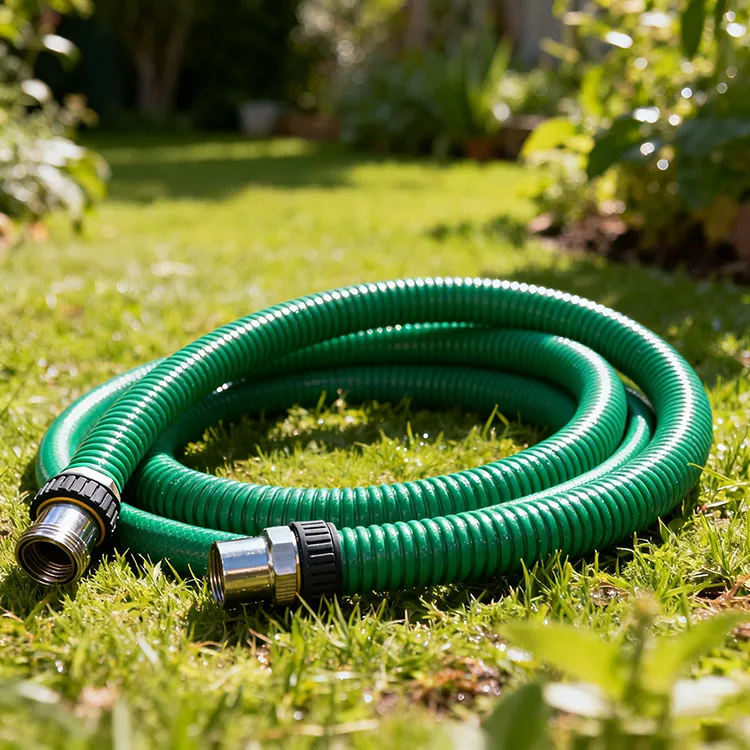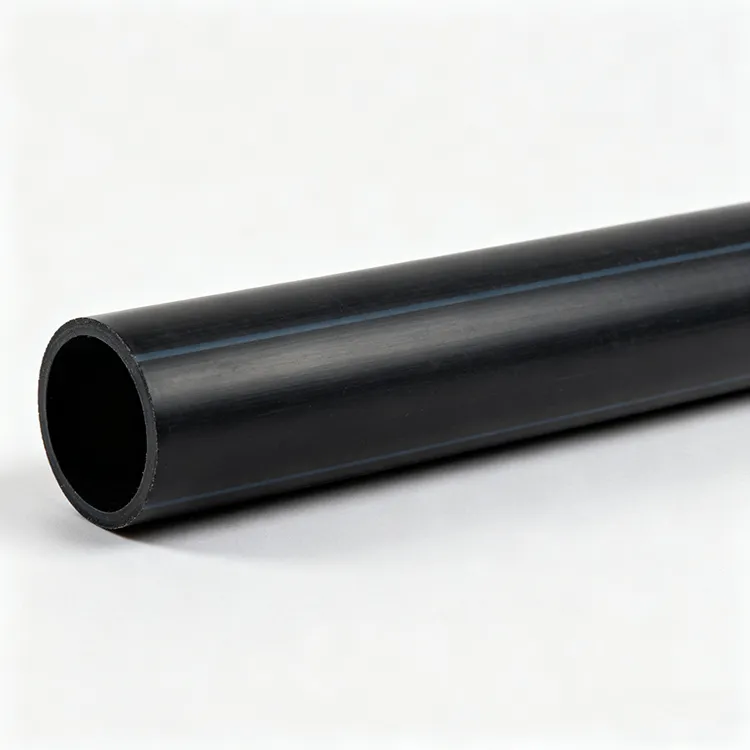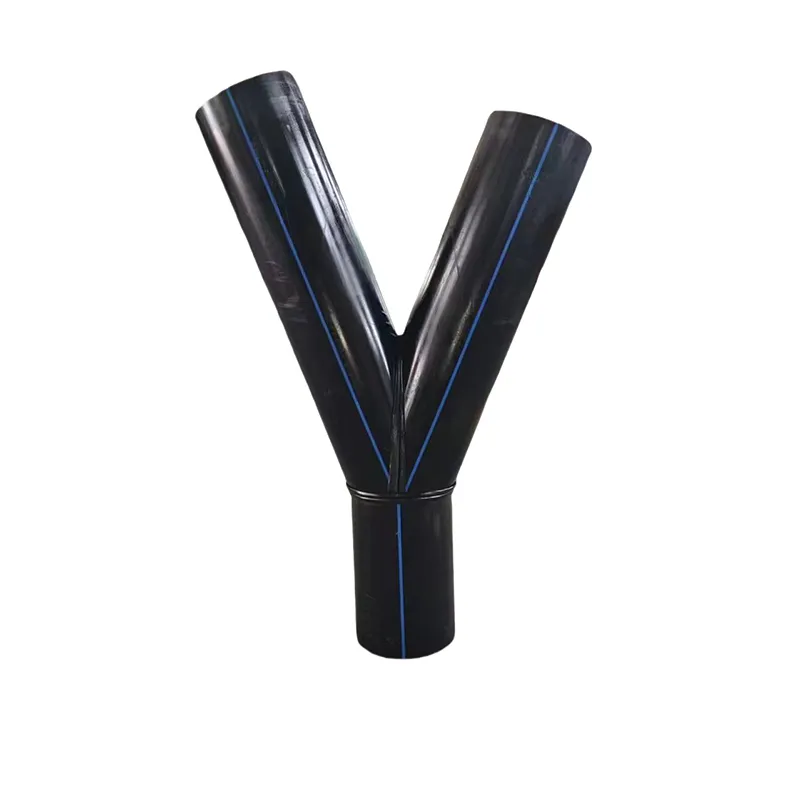Topographic and Soil Condition Considerations:
Flow Requirements: First, consider the maximum flow required for your yard drainage system. This can be determined by estimating rainfall, soil permeability and topographic gradients.
Rainfall: Rainfall is an important factor in determining drainage system flow. You can use weather data or historical rainfall data from your local weather station to estimate yard rainfall. Maximum flow is usually calculated as hourly or daily rainfall.
Soil Permeability: Soil permeability determines how quickly water can infiltrate and drain through the soil. Different types of soils have different permeability, for example, sandy soils generally have higher permeability, while clayey soils have lower permeability. Knowing the permeability of your yard soil can help you determine the flow required for your drainage system.
Terrain Gradient: The terrain gradient refers to the slope of the courtyard floor. A steeper gradient encourages water to drain quickly, while a lesser gradient requires a more powerful drainage system to handle the flow. By measuring and analyzing the topography, you can determine the required drainage flow and pipe size.
Based on these factors, you can use the following steps to estimate the maximum flow rate for your yard drainage system:
Determining Rainfall: Calculate the average rainfall for your yard area by referring to historical rainfall data or using data from local weather stations. Usually in hours or days.
Estimated Rain Duration: Estimates the duration of the rain, based on the type of rain event selected (such as brief storm or continuous rain). This helps in calculating total rainfall.
Estimating Flow: Based on rainfall intensity and yard size, calculate the total amount of water flowing into the drainage system. For example, if the rainfall intensity is 30 mm/hour and the yard area is 1000 square meters, the total water flow into the drainage system is 30 liters/hour x 1000 square meters = 30000 liters/hour.
Consider soil permeability: Based on soil type and permeability, estimate how much water a drainage system will be able to remove in a given period of time. Higher permeability soils will drain faster.
Consider terrain gradients: Determine the velocity and direction of water flow based on terrain gradients. Larger gradients will result in rapid drainage, smaller gradients will take more time to drain the water volume.
By combining factors such as rainfall, soil permeability, and topographic gradients, you can derive the maximum flow required for your yard drainage system and choose the appropriate HDPE Corrugated Pipe size accordingly. Please keep in mind that this is only an estimate and actual conditions may be affected by other factors, so it is best to consult a professional engineer before proceeding with a detailed design.
Selection of bellows diameter: According to the maximum flow demand, the appropriate bellows diameter can be selected. Selecting the proper HDPE bellows diameter is an important step in ensuring the efficient operation of your yard drainage system. The following is a basic guide to help you choose bellows diameter:
Calculate Maximum Flow: Based on the aforementioned rainfall, soil permeability, and topographic gradients, calculate the maximum flow requirements for your yard drainage system. Usually expressed in liters per minute or cubic meters per hour.
Determine the range of water flow velocity: Determine the range of water flow velocity according to the length of the pipe and the required water flow velocity. The recommended water velocity range is usually 0.6 to 2.0 m/s.
Consider bellows diameter versus flow: larger diameter bellows can accommodate greater flow, while smaller diameter bellows are suitable for shorter pipe lengths. In general, the larger the diameter, the higher the flow carrying capacity of the pipe.
Compare available bellows diameters: Common HDPE bellows diameters include 4 inches (about 100 mm), 6 inches (about 150 mm), and 8 inches (about 200 mm). Compare these diameter options to find the best fit based on your calculated maximum flow requirements and water velocity range.
Consider installation and maintenance convenience: In addition to flow requirements, bellows installation and maintenance convenience should also be considered. Larger diameter bellows may require more work and space to install, while smaller diameter bellows are relatively lightweight. Therefore, these factors should be considered comprehensively according to the specific situation.
Note that the above is only a guideline and actual bellows diameter selection should be evaluated on a case-by-case basis. When it comes to yard drainage system design, it is best to consult a professional engineer for accurate advice and design. They can provide individualized advice based on your specific needs and circumstances, and ensure that the bellows diameter you choose will meet your yard drainage needs.
Selection of drainage pipe length:
Water Velocity: To ensure effective drainage, the velocity of the water inside the bellows should be moderate, neither too fast nor too slow. According to the pipe length, the appropriate range of water flow velocity can be calculated.
Calculating the proper water velocity range is a critical step in selecting the length of the drain line. Here's a simple way to calculate the range of water velocity:
Determine pipe length: First, determine the total length of bellows in your yard drainage system. This is the distance from the water source to the end of the drain, either in a straight line or a curved path along the gradient of the terrain.
Estimated Water Flow Time: Based on the total length of the bellows and the desired range of water flow velocities, estimate the time it will take for water to flow from the source to the destination of the discharge. The water flow time should be within a reasonable range, neither too short nor too long.
Calculate the average water velocity: Divide the total length (in meters) by the flow time (in seconds) to get the average water velocity in meters per second. This is the average speed of water passing through the bellows.
Determine the range of water flow velocity: According to the requirements of the garden drainage system and the length of the pipe, determine the appropriate range of water flow velocity. Common water velocity ranges are usually 0.6 to 2.0 m/s.
Note that this is a basic way to estimate the range of water velocity. When it comes to yard drainage system design, it is best to consult a professional engineer for accurate advice and design. Depending on the specific situation and requirements, they can take into account additional factors such as soil permeability, rainfall and water flow requirements, provide a more precise range of water flow rates, and help you select the appropriate length of drain pipe.
Pipe diameter and length relationship: Larger diameter bellows can accommodate greater flow, while smaller diameter bellows are suitable for shorter pipe lengths.
Underground facilities and environmental factors:
Traffic capacity: If the garden drainage system needs to withstand the pressure of vehicles or heavy equipment, it is necessary to choose a large-diameter bellows with a higher load-bearing capacity.
Chemical resistance: Depending on the situation, HDPE bellows with chemical corrosion resistance need to be selected to deal with the chemicals that may be present.
Specific case:
Let's say your yard is 1000 square meters and is located in an area that receives a lot of rainfall and has good soil drainage. The calculated maximum flow requirement is 200 liters/minute. Considering that the length of the HDPE drainage pipe is 30 meters, and there is no need to bear the pressure of heavy vehicles, we can choose the size of the HDPE corrugated pipe according to the following data:
Bellows diameter: 6 inches (about 150 mm) or 8 inches (about 200 mm)
Water velocity: the recommended range is 0.6-2.0 m/s
Diameter range calculated based on pipe length and water velocity: 6-8 inches (approximately 150-200 mm)
Considering the above factors, you can choose a 6-inch (about 150mm) diameter HDPE corrugated pipe to meet the needs of your garden drainage system.
in conclusion:
Selecting the proper size HDPE bellows is critical to the design of your yard drainage system. When making a selection, topography, soil conditions, water flow requirements, pipe lengths, underground utilities, and environmental factors need to be considered. Through detailed analysis and calculations, the optimum bellows size can be determined to ensure efficient yard drainage system operation.
Note that specific yard drainage projects may have more specific requirements and considerations. Therefore, it is recommended to consult a professional engineer for accurate advice and design before actual implementation.









659.webp)
210.webp)
328.webp)

294.webp)
476.webp)


